Uninterruptable Power Supply (UPS)
UPS online
This device generates a pure sine wave and includes a converter and a power supply (rectifier/charger). The power supply converts the IEC voltage to DC in order to charge batteries, while the converters are responsible for converting the DC voltage to pure AC voltage. During this process, noise is filtered and voltage is stabilized at the source.
The voltage stabilizer has an extremely high efficiency rate that nears 100%, and provides short-circuit and/or overload protection in the circuit in which it is located.
The voltage stabilizer has an extremely high efficiency rate that nears 100%, and provides short-circuit and/or overload protection in the circuit in which it is located.
Backup times are calculated and determined based on the client’s needs and according to the actual load.
Online systems are designed to back up servers, hubs, routers, security cameras, sensitive electronic equipment, and any other type of device based on required output.
UPS Line Interactive
To operate this device, the voltage from the network is transported to the consumer at a fixed rate via a transformer, while noise is filtered and voltage is stabilized in the process.
In case of a power failure, switching occurs via a switch that is installed before the transformer. The converter changes the battery voltage into AC voltage and provides backup for the consumer for the entire possible duration (based on battery capacity), ranging from 5-30 minutes (depending on load).
The role of the transformer in the system is to automatically stabilize the voltage wave. This transformer backs up the voltage while the switch is still active so that the system will not sense disruptions in voltage supply. This system provides a solution for power shorts and failures that can severely damage appliances.
Line Interactive systems are generally designed to back up home appliances such as computers and monitors at no more than a single work station.
UPS – Definition
UPS (Uninterruptable Power Supply) is a system that supplies power without interruption. It works with at network voltage and is activated only in case of a power failure.
Modular UPS
A modular UPS system is similar to an online system, though modular systems include additional parallel modules that enable distribution of the current based on the number of modules while entering, exiting and charging batteries so that the load is equally distributed between all modules.
Advantages:
Ability to grow with the power supply as needed, at minimal extra expense at purchase.
Ability to replace a malfunctioning module while the system remains active (hot swapping), as opposed to a regular system in which repairs require deactivation.
Redundancy advantages (N+X) - when one module malfunctions, the load can still be adequately supplied.
The power from each module is KVA 10/15/20. The UPS module uses double conversion and incorporates unique parallel distribution architecture, error resistance, and redundancy that prevents failure at a single point, while guaranteeing maximum activity without deactivation (up-time) and ongoing availability. The infrastructure is suited to high power loads ranging from KVA 10-500.
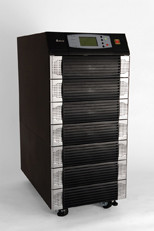
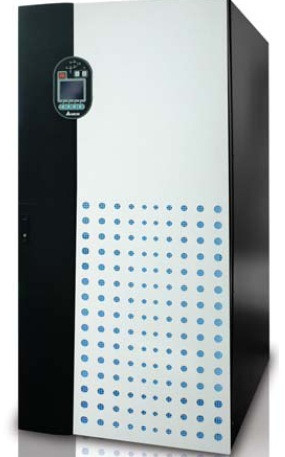
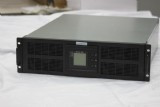
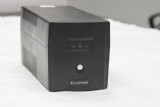
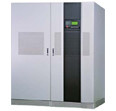
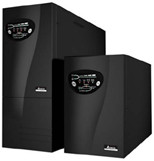
"Do breaker-hour fitness crisis"
Click here to view slideshow
